Yes, you can vent your portable air conditioning unit into your attic.
However, doing so comes with a few potential drawbacks and considerations that should be taken into account before making this decision.
One of the primary benefits of venting your portable AC into the attic is that it can help to cool the rest of your home more efficiently.
By directing the hot air out of the living space and into the attic, you may be able to reduce the amount of time your AC unit needs to run, which can lead to energy savings and lower utility bills.
However, there are also some potential downsides to consider, such as the risk of moisture buildup in the attic and the potential for reduced air quality due to the circulation of dust and other debris.
In this blog post, we will explore the pros and cons of venting your portable AC into the attic, as well as provide some tips for safe and effective usage.
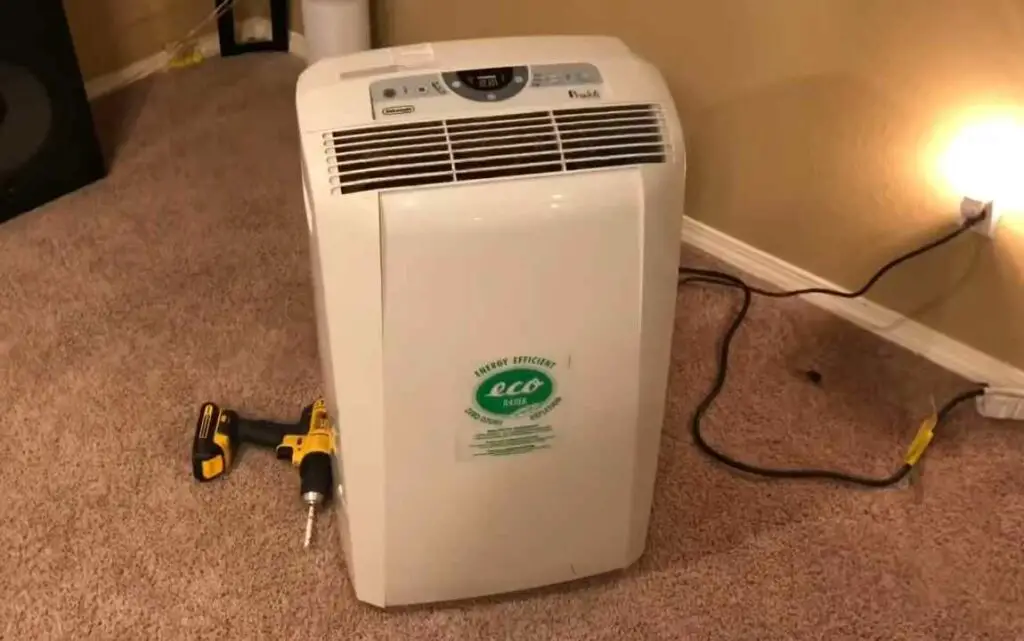
Can I Vent My Portable AC Into Attic? The Steps Of Venting!
To vent your portable air conditioner into your attic, you will need to install an exhaust fan.
This will help to circulate the air and prevent the build-up of heat and moisture. You will also need to make sure that the air conditioner is properly sealed so that no air can escape into the attic.
- Locate the portable air conditioner near an exterior wall.
- Cut a hole in the exterior wall, using a saw.
- The hole should be big enough to fit the exhaust hose.
- Insert the exhaust hose through the hole in the exterior wall.
- Secure the exhaust hose to the portable air conditioner with tape.
- Run the portable air conditioner’s power cord through the hole in the exterior wall.
- Close up the hole in the exterior wall with insulation or another material.
Vent Portable AC Into Attic: The Pros and Cons
Venting a portable AC unit into the attic can be a viable option for homeowners, but it has pros and cons. Here are a few key points to consider:
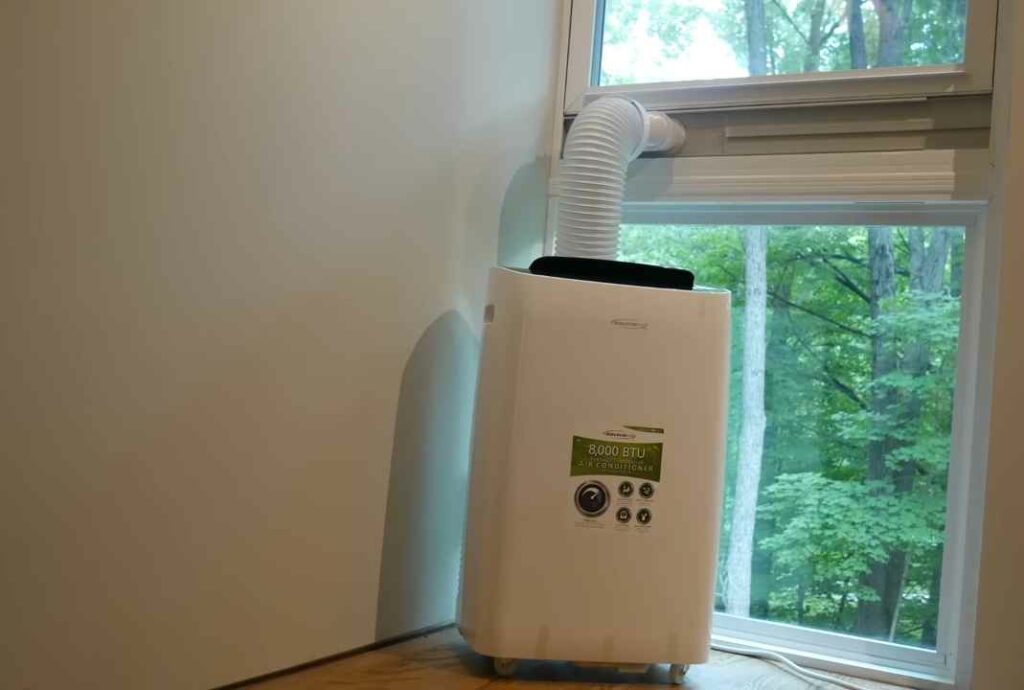
Pros:
- Easy installation: No need to drill holes in exterior walls, which can be time-consuming and require professional assistance.
- Saves space: Portable AC units can take up valuable floor space, so venting into the attic can free up room in living areas.
- Cost-effective: Venting into the attic can be a more affordable solution than installing a central AC system or wall-mounted unit.
Cons:
- Risk of mold: Attics are often humid environments, which can create the perfect breeding ground for mold if not properly ventilated.
- Reduced efficiency: Venting into the attic can decrease the AC unit’s overall efficiency and cooling power, as the hot air has to travel a further distance to exit the home.
Can you vent a portable air conditioner into a bucket of water?
A portable air conditioner can be vented into a bucket of water, but it is not recommended.
The bucket of water will act as a humidifier and can cause the air conditioner to work less efficiently.
Additionally, the bucket of water can cause the air conditioner to rust and break down over time.
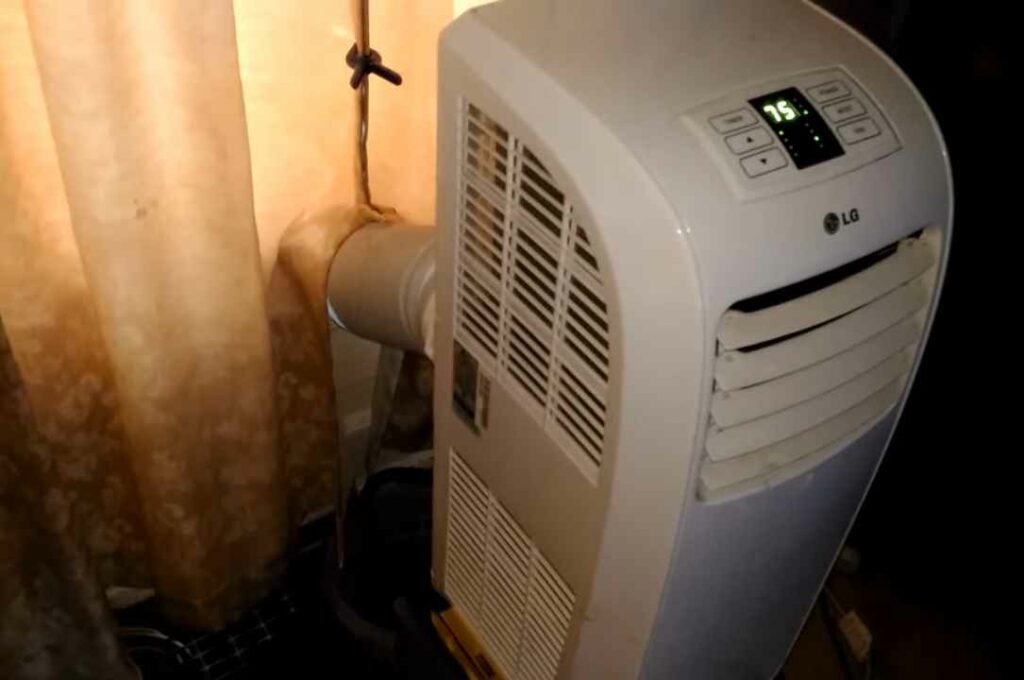
How to vent a portable air conditioner without a window?
If you don’t have a window to vent your portable air conditioner, there are a few other options you can try.
One is to vent the air conditioner into another room, such as a bathroom or laundry room.
You’ll need to leave the door open to allow the air to circulate, but this can be a good way to cool down a specific area.
Another option is to vent the air conditioner into a bucket of ice water.
This will help to cool the air as it’s vented, and can be a good way to lower the temperature in a small space quickly.
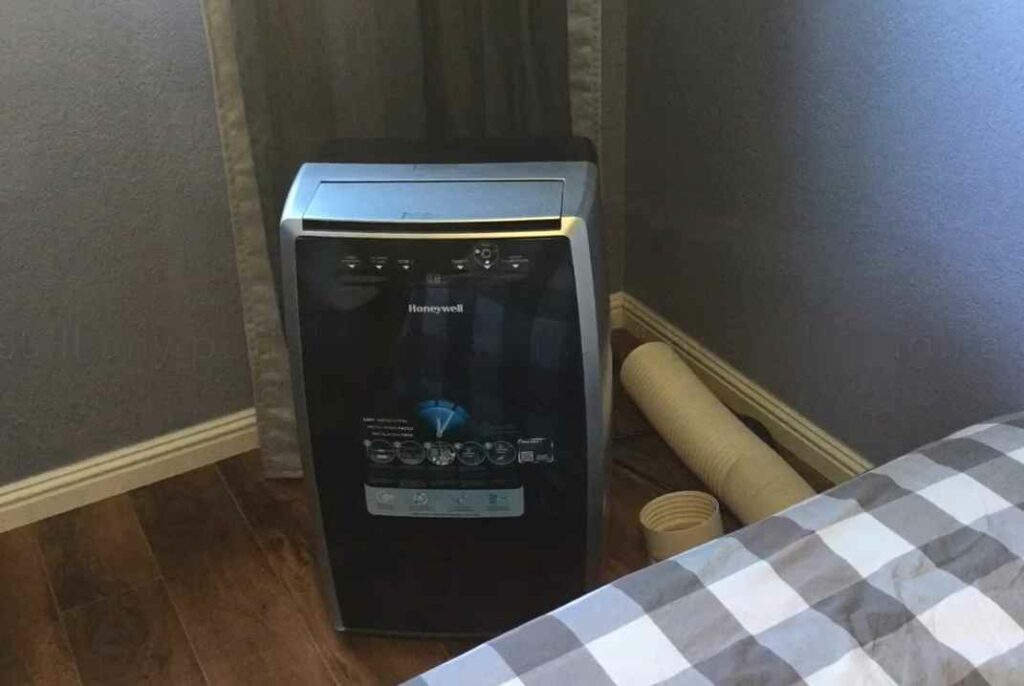
Just be sure to empty the bucket of water regularly, as it will get quite warm.
Finally, you can try venting the air conditioner into the outdoors.
This is probably the best option if you live in a warm climate and don’t mind a little extra noise.
Just be sure to keep the air conditioner away from any open windows or doors to prevent the cool air from escaping.
Can you vent a portable ac through a dryer vent?
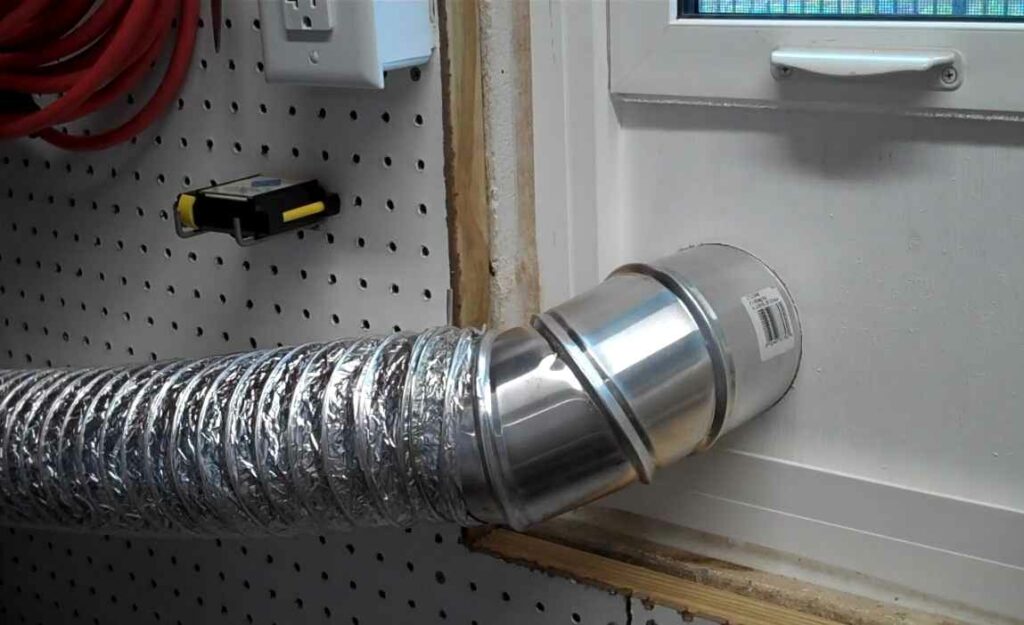
If you have a portable air conditioner and want to vent it through a dryer vent, you can, but there are a few things you need to know first.
For one, the dryer vent should be the same diameter as the exhaust hose on the portable AC unit.
If not, you’ll need to use an adapter.
Additionally, the dryer vent should be clear of any lint or debris.
Otherwise, this could cause a fire.
Finally, be sure to secure the portable AC unit to the dryer vent, so it doesn’t fall out.
Can you vent a portable air conditioner into the ceiling?
Yes, you can vent a portable air conditioner into the ceiling. However, there are a few things to remember when doing so.
First, make sure that the portable air conditioner is properly rated for the size of the room.
Second, make sure that the exhaust hose is the correct size for the unit.
Third, make sure that the exhaust hose is properly secured to the unit and the ceiling.
Fourth, make sure that the unit is level so that the exhaust hose is not kinked.
Finally, make sure that the room is properly sealed so that the cooled air does not escape.